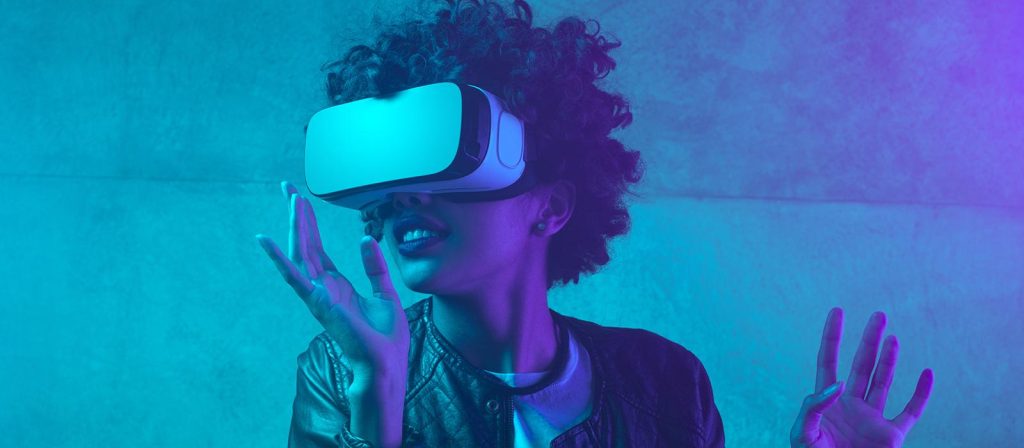The dawn of the immersive metaverse has ushered in an unparalleled era of technological revolution, where the boundaries between the physical and virtual worlds blur, giving rise to an augmented reality AR transformation that reshapes our perception and interaction with reality. This groundbreaking shift is not merely confined to the realm of entertainment; it extends its tendrils into diverse facets of our daily lives, promising to redefine the way we work, socialize, and navigate the world around us. At the core of this metamorphosis lies the immersive metaverse, a digital universe that intertwines seamlessly with our physical existence. As we immerse ourselves in this interconnected realm, augmented reality emerges as the linchpin, unraveling a tapestry of possibilities that extend far beyond the confines of traditional screen-based experiences. AR technologies have evolved to the point where they can overlay digital information onto our physical surroundings, enriching our perception of reality. Whether it is donning AR glasses or using smartphone apps, individuals can now witness a convergence of the real and virtual, opening new avenues for exploration and engagement.

The impact of this augmented reality revolution is felt across various sectors. In the workplace, professionals equipped with AR-enhanced devices can seamlessly access information, collaborate in real-time, and visualize complex data sets, fostering unprecedented levels of efficiency and innovation. Industries such as healthcare benefit from AR applications that facilitate surgical procedures, medical training, and patient care. The educational landscape is also undergoing a paradigm shift, with AR offering immersive learning experiences that transcend the limitations of traditional classrooms. In the realm of social interaction, the metaverse’s immersive capabilities redefine how we connect with others. Virtual gatherings become more than just video calls, as avatars and holographic representations allow us to share spaces and experiences regardless of physical distances. This transformation in communication extends beyond personal interactions, impacting commerce and entertainment. Businesses leverage AR to create interactive and personalized shopping experiences, while the entertainment industry explores new forms of storytelling through augmented reality narratives.
Navigation and exploration take on a new dimension as AR guides individuals through unfamiliar environments with enhanced maps and real-time information overlays. Tourists can delve into historical narratives, accessing augmented content that breathes life into landmarks and artifacts. Everyday activities, from shopping to dining, become enriched with digital information, creating a symbiotic relationship between the physical and digital realms. While the immersive metaverse and augmented reality revolutionize our world, ethical considerations and privacy concerns also come to the forefront. Striking a balance between innovations and safeguarding individual rights becomes imperative as society adapts to these transformative augmented reality in the metaverse. In essence, the immersive metaverse, fueled by the augmented reality revolution, propels humanity into a new era of interconnected experiences. As we navigate this uncharted territory, the fusion of the real and virtual opens doors to limitless possibilities, reshaping the way we perceive and interact with the world around us.